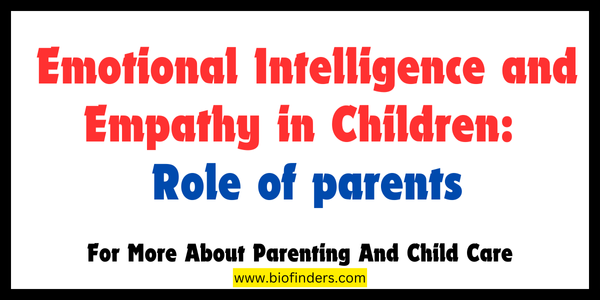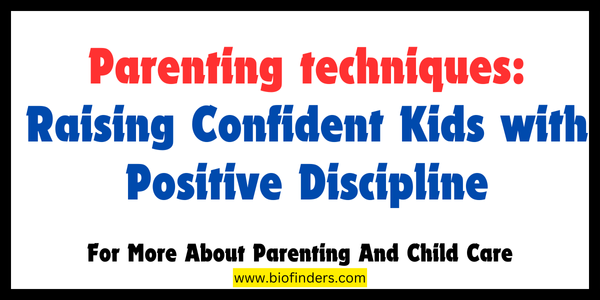This blog post is your guide to tracking your baby’s physical development, from the first joyful roll to those triumphant first steps. We’ll explore key milestones from birth to 12 months, offering tips on how to identify them and create a nurturing environment that fosters your baby’s growth.
UNDERSTANDING Physical DEVELOPMENT MILESTONES: A GUIDE FOR PARENTS
Infant physical development milestones are age-specific skills that most babies can achieve within a certain timeframe. It’s important to remember that every baby develops at their own pace. Some babies may hit physical development milestones a little earlier or later than the average, and that’s perfectly okay. Here are some key things to keep in mind:
MILESTONES ARE A GUIDELINE:
Don’t compare your baby physical development to others. Celebrate their individual progress and each achievement, big or small.
A RANGE IS NORMAL:
There’s usually a window of time when a milestone is typically reached. If your baby falls outside this range slightly, don’t panic. Talk to your paediatrician if you have any concerns about their development.
FOCUS ON PROVIDING OPPORTUNITIES:
Create a stimulating environment and engage your baby physical development in activities that encourage their motor skills development.
0-3 MONTHS: BUILDING THE FOUNDATION FOR MOVEMENT
The first few months are all about establishing basic reflexes, building sensory awareness, and strengthening the muscles needed for future milestones. Here are some exciting firsts to watch for:
HEAD CONTROL (2-3 MONTHS):
Your little one will begin to lift and hold their head up during tummy time, strengthening their neck muscles. This skill is crucial for future milestones like rolling.
FOLLOWING OBJECTS WITH THEIR EYES (2-3 MONTHS):
This early milestone signifies developing visual tracking skills. Engage your baby with brightly colored objects and move them slowly from side to side to encourage this development.
REACHING FOR OBJECTS (2-3 MONTHS):
Those tiny hands will start reaching for objects, even if they can’t quite grasp them yet. Provide safe, lightweight toys with different textures to explore.
REFLEXIVE GRASPING (BIRTH TO 4 MONTHS):
Newborns have a reflexive grasp, which allows them to hold onto objects placed in their hands. This will eventually develop into a more controlled grasp.
4-6 MONTHS: A TIME FOR EXPLORATION AND ENGAGEMENT
This is a period of rapid growth and newfound mobility. Your baby will become more interactive and curious about the world around them.
ROLLING OVER (4-6 MONTHS):
This exciting milestone allows your baby to explore their surroundings from a new perspective. Encourage tummy time to strengthen muscles needed for rolling. Place brightly colored toys just out of reach to motivate them to roll towards them.
BRINGING OBJECTS TO MOUTH (4-6 MONTHS):
This is how babies explore the world! Provide safe teething toys and keep an eye on them to avoid choking hazards.
TRANSFERRING OBJECTS FROM HAND TO HAND (4-6 MONTHS):
Coordination is developing! Your baby may start reaching for an object with one hand and then transferring it to the other. Offer safe toys of different sizes and shapes to encourage this exploration.
SITTING WITH SUPPORT (6-8 MONTHS):
Milestones come fast! Your baby will be able to sit with support, allowing them to interact with their environment in a whole new way.
7-9 MONTHS: SITTING UP AND REACHING NEW HEIGHTS (LITERALLY!)
Your baby’s physical development will take center stage during this period. Prepare for giggles, exploration, and a newfound desire for independence.
SITTING INDEPENDENTLY (AROUND 9 MONTHS):
This is a major achievement! Provide plenty of floor space and safe toys for them to explore in their newfound sitting position. Consider placing a soft play mat on the floor to create a comfortable and safe space for them to play.
PICKING UP OBJECTS WITH AN INDEX FINGER AND THUMB (7-9 MONTHS):
Their fine motor skills are developing! Offer small, safe objects for them to grasp and manipulate, such as colorful stacking cups, textured balls, or soft teething toys.
PULLING TO STAND (8-12 MONTHS):
Using furniture for support, your baby will attempt to pull themselves up to a standing position. Encourage this by placing furniture a safe distance away and providing a soft surface for them to land on if they lose their balance.
10-12 MONTHS: TAKING FIRST STEPS (AND MAKING A MESS!)
The final months of the first year are a whirlwind of exciting developments. Your baby will become increasingly mobile, curious, and independent. Get ready for some mess and a whole lot of fun!
CRAWLING (6-10 MONTHS):
Most babies will master the art of crawling during this period. Provide a safe crawling space with plenty of room to explore. Consider placing brightly colored objects just out of reach to motivate them to move towards them.
CRUISING ALONG FURNITURE (8-12 MONTHS):
Watch out, world! Your baby will be cruising along furniture, holding on for support. Ensure furniture is stable and avoid using walkers, which can actually hinder their natural development.
FIRST STEPS (9-12 MONTHS):
The moment you’ve been waiting for! Your baby might take their first wobbly steps, ushering in a new era of mobility. Celebrate this milestone with cheers and applause, but remember they may not be walking confidently for several more months.
PINCER GRASP (AROUND 10 MONTHS):
Fine motor skills are flourishing! Your baby will develop a pincer grasp, allowing them to pick up small objects between their thumb and index finger. Offer them safe objects like cheerios or buttons (with close supervision!) to practice this skill.
ENCOURAGING YOUR BABY’S PHYSICAL DEVELOPMENT: ACTIVITIES AND TIPS
Remember, every baby develops at their own pace. Here are some ways to create a nurturing environment that fosters your baby’s motor skills development:
TUMMY TIME:
This is crucial for strengthening neck and back muscles, important for future milestones like rolling and crawling. Aim for at least 10-15 minutes of tummy time several times a day. Place a colorful blanket or mirror on the floor to entice your baby to stay in this position.
SING SONGS AND TALK:
Narrate your day, sing songs, and read books to your baby. This exposes them to new sounds and language, promoting speech and cognitive development, which is closely linked to motor skills.
Playtime:
Engage your baby with stimulating toys that encourage reaching, grasping, and exploration. Rotate toys regularly to keep things interesting. Offer a variety of textures, shapes, and sizes to promote sensory development and hand-eye coordination.
POSITIVE REINFORCEMENT:
Celebrate your baby’s achievements, no matter how small. A smile, a clap, or a verbal “good job” can work wonders and motivate them to keep trying.
SAFE EXPLORATION:
Provide a safe space for your baby to explore freely. Baby-proof your home and supervise them closely during playtime.
REGULAR CHECKUPS:
Schedule regular checkups with your pediatrician. They can monitor your baby’s development and address any concerns you may have about their motor skills or overall progress.
THE JOY OF THE JOURNEY
The first year is a whirlwind of incredible growth and change. By providing a loving, stimulating environment and celebrating each milestone, you’ll be nurturing your baby’s development and creating lasting memories together. Embrace the journey, the giggles, the gurgles, and the inevitable messes!
Remember, you are your baby’s best advocate. Trust your instincts, enjoy the ride, and don’t hesitate to reach out to your pediatrician if you have any questions or concerns about your baby’s physical development.




Leave a Reply